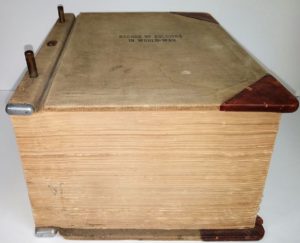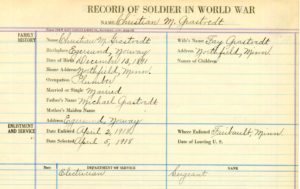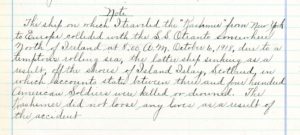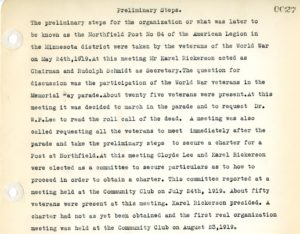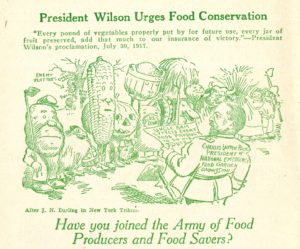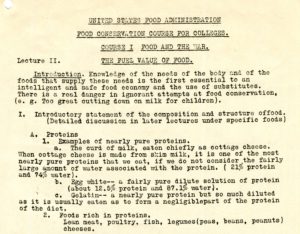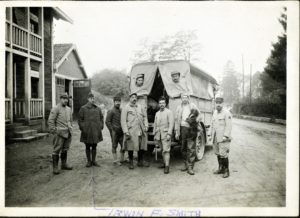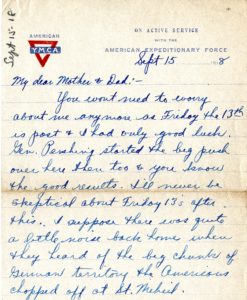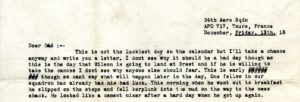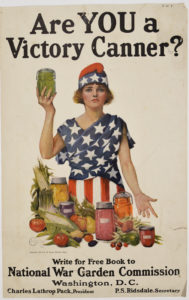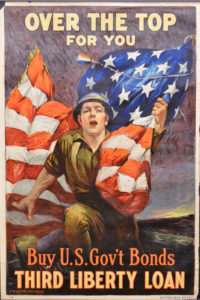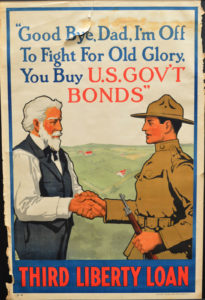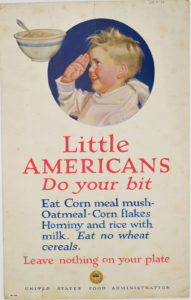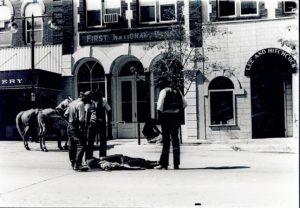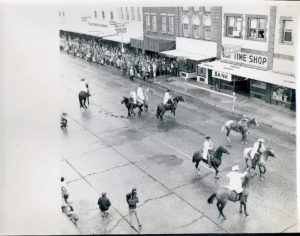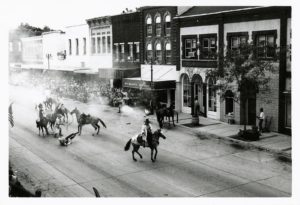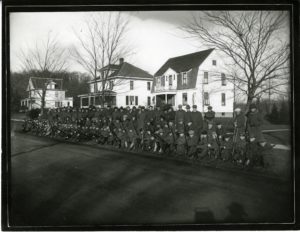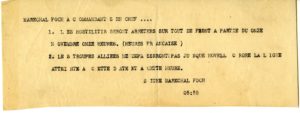We at the Northfield-Rice County Digital History Collection (DHC), a digital library of historical records from the Northfield area, are pleased to announce that we have completed a grant-funded project to digitize historical materials that document the World War I era in Northfield and Rice County, Minnesota.
The digitized materials come from many of the DHC’s 16 partner organizations and include text documents, photographs, illustrations, artifacts, and even sheet music. The new online collection shares the experiences of individuals from the Northfield and Rice County area who served during the war in various branches of the military, in the Red Cross and other humanitarian organizations, and on the home front.
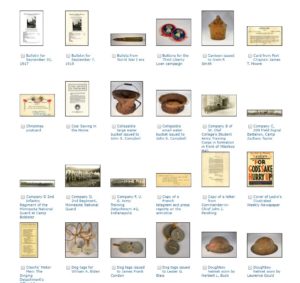
Selection of items available in the World War I online collection.
“We have a remarkably deep collection of World War I records and are thrilled that we can now share a portion of those records online,” stated Susan Garwood, the Executive Director of the Rice County Historical Society, one of the DHC’s founding partners. “The records we have in our collection are the only remaining official record of Rice County’s participation in the war. They are invaluable to genealogical researchers and will provide a great cache of primary documents for schools.”
The Project Coordinator for the DHC, Stephanie Hess, added, “We are very excited that these materials can now be found and used widely, not just within our local organizations.”
To complete this digitization project, the DHC:
- created 5,212 new digital images (scans and photographs);
- transcribed 4,757 pages of typed and handwritten text; and
- developed an extensive online collection guide, complete with links to the database.
In honor of the centennial of the United States’ involvement in the Great War, the DHC is pleased to provide the public this rich collection of primary resources. The online collection is open to all researchers: please follow the links to the materials through the collection guide at http://nrcdighistory.org/collection-guides/world-war-i-collection-guide/.
About the Northfield-Rice County Digital History Collection: The Northfield Historical Society and the Rice County Historical Society have partnered to provide a common site to preserve and make accessible digital versions of historical collections held in various locations across the Rice County, MN. Formerly this partnership was called the Northfield History Collaborative. In 2020, the name was changed to the Northfield-Rice County Digital History Collection and it remains a hub of historical resources related to the area.

